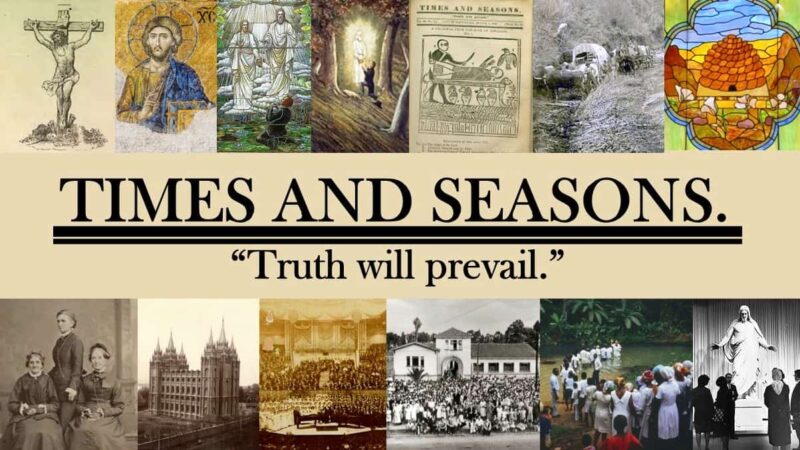BYU published a few books late last year in connection with the Doctrine and Covenants. Among these is The Voice of the Lord: Exploring the Doctrine and Covenants, edited by Alexander L. Baugh. The book is a collection of essays previously published by BYU in a variety of forums (Sydney Sperry symposium publications, Religious Educator issues, BYU RSC books, etc.) with the goal of serving as “an additional resource for individuals to enrich and enhance their own personal study and their appreciation for the teachings, doctrines, and principles in Doctrine and Covenants” (p. ix).
I mentioned with Joseph Smith as a Visionary that the book had a bit of an identity crisis, torn between devotional reading with an academic touch and academic reading for the sake of scholarship. The Voice of the Lord is more cohesive in intent, and given the goal outlined above, it leans much more heavily into devotional reading with an academic touch. That’s not what I prefer, particularly when there was an underlying narrative of Joseph Smith and Brigham Young were always right and anyone who disagreed with them was unrighteous. (For example, the chapter on section 25 suggests the backwards narrative of Emma’s rejection of plural marriage was the result of pride, while a chapter on Thomas Marsh uncritically repeats Brigham Young’s narrative that Marsh aged faster than he did because of apostatizing from the Church.) Thus, it was not my favorite book that I’ve read in recent times.
That being said, there were several chapters that I very much appreciated and respected. For example, Richard Neitzel Holzapfel had a good introduction to the poetic version of section 76. Steven C. Harper had a thought-provoking discussion interpreting what the Law of Consecration is, focused on making it relevant to Latter-day Saints today. Andrew H. Hedges discussed the context of the epistles from Joseph Smith made while in hiding. Grant Underwood offered an analysis of section 42’s textual history. Mary Jane Woodger offered an insightful analysis of section 138’s path to canonization. These were the chapters that I most enjoyed and am most likely to reference in future writing.
I also enjoy efforts to grapple with scriptural text in an effort to make it more applicable and meaningful to Latter-day Saints today. I already mentioned Steven Harper’s chapter, but another one that stood out in that regard is the one by Brian C. Hales and Laura Harris Hales about section 132. The chapter focuses on differentiating between eternal marriage and plural marriage in ways that make sense within the text of the revelation. It’s something that’s been on my mind, and it felt pretty well done, other than a somewhat deceptive comment that “section 132 does not command the practice of plural marriage, and no presiding Church leader from Joseph Smith to the present has proclaimed through any revelation or official declaration that all exalted beings will be required to practice polygamy” (p. 303). While the words are technically true, it obscures the extent to which the idea was commanded was preached in the 19th century. I say this not to undermine the majority of the essay (which, as I’ve said I appreciated), but to note the point on which it fell short, in my view.
Ultimately, I feel like The Voice of the Lord: Exploring the Doctrine and Covenants, edited by Alexander L. Baugh is a fine resource for Latter-day Saints who want to explore scholarship about the Doctrine and Covenants in a faith-promoting way. There are chapters in it that also make it relevant to an academic audience. So, while it wasn’t my favorite, I do think it is worth reading.
